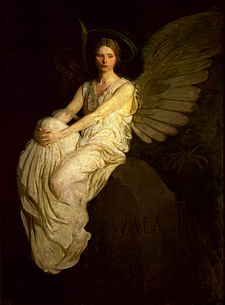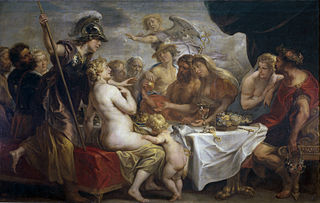
A figure painting is a work of fine art in any of the painting media with the primary subject being the human figure, whether clothed or nude. Figure painting may also refer to the activity of creating such a work. The human figure has been one of the constant subjects of art since the first Stone Age cave paintings, and has been reinterpreted in various styles throughout history.

The Ten American Painters was an artists' group formed in 1898 to exhibit their work as a unified group. John Henry Twachtman, J. Alden Weir, and Childe Hassam were the driving forces behind the organization. Dissatisfied with the conservatism of the American art establishment, the three artists recruited seven others from Boston, New York City, and elsewhere on the East Coast, with the intention of creating an exhibition society that valued their view of originality, imagination, and exhibition quality. The Ten achieved popular and critical success, and lasted two decades before dissolving.
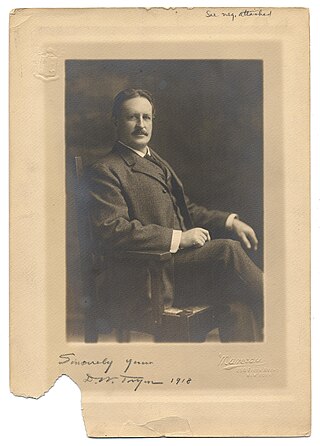
Dwight William Tryon was an American landscape painter in the late 19th and early 20th centuries. His work was influenced by James McNeill Whistler, and he is best known for his landscapes and seascapes painted in a tonalist style.

Frank Weston Benson, frequently referred to as Frank W. Benson, was an American artist from Salem, Massachusetts known for his Realistic portraits, American Impressionist paintings, watercolors and etchings. He began his career painting portraits of distinguished families and murals for the Library of Congress. Some of his best known paintings depict his daughters outdoors at Benson's summer home, Wooster Farm, on the island of North Haven, Maine. He also produced numerous oil, wash and watercolor paintings and etchings of wildfowl and landscapes.

Abbott Handerson Thayer was an American artist, naturalist, and teacher. As a painter of portraits, figures, animals, and landscapes, he enjoyed a certain prominence during his lifetime, and his paintings are represented in major American art collections. He is perhaps best known for his 'angel' paintings, some of which use his children as models.

George de Forest Brush was an American painter and Georgist. In collaboration with his friend, the artist Abbott H. Thayer, he made contributions to military camouflage, as did his wife, aviator and artist Mary Taylor (Whelpley) Brush, and their son, the sculptor Gerome Brush.

Dennis Miller Bunker was an American painter and innovator of American Impressionism. His mature works include both brightly colored landscape paintings and dark, finely drawn portraits and figures. One of the major American painters of the late 19th century, and a friend of many prominent artists of the era, Bunker died from meningitis at the age of 29.
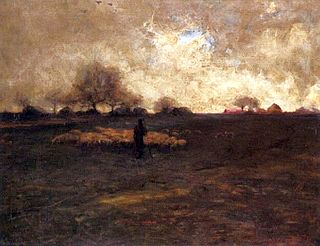
Thomas Millie Dow was a Scottish artist and member of the Glasgow Boys school. He was a member of The Royal Scottish Society of Painters in Watercolour and the New English Art Club.

Elenore Plaisted Abbott (1875–1935) was an American book illustrator, scenic designer, and painter. She illustrated early 20th-century editions of Grimm's Fairy Tales,Robinson Crusoe, and Kidnapped. Several books were published as illustrated by Elenore Plaisted Abbott and Helen Alden Knipe.

The Swimming Hole is an 1884–85 painting by the American artist Thomas Eakins (1844–1916), Goodrich catalog #190, in the collection of the Amon Carter Museum of American Art in Fort Worth, Texas. Executed in oil on canvas, it depicts six men swimming naked in a lake, and is considered a masterpiece of American painting. According to art historian Doreen Bolger it is "perhaps Eakins' most accomplished rendition of the nude figure", and has been called "the most finely designed of all his outdoor pictures". Since the Renaissance, the human body has been considered both the basis of artists' training and the most challenging subject to depict in art, and the nude was the centerpiece of Eakins' teaching program at the Pennsylvania Academy of the Fine Arts. For Eakins, this picture was an opportunity to display his mastery of the human form.
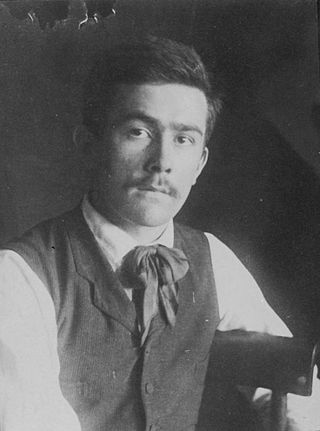
Samuel Aloysius Murray was an American sculptor, educator, and protégé of the painter Thomas Eakins.

The Sisters is an 1884 oil on canvas painting by Abbott Handerson Thayer. It depicts Bessie and Clara Stillman, and was commissioned from Thayer by their brother, the banker James Stillman. It has been cited as one of Thayer's best works, a composition of grandeur.

Jessica is an 1890 painting by Dennis Miller Bunker in the Museum of Fine Arts, Boston. It is considered one of Bunker's finest figure paintings, and has been described by art historian Theodore Stebbins as "among the most evocative" works of its time.

Concealing-Coloration in the Animal Kingdom: An Exposition of the Laws of Disguise Through Color and Pattern; Being a Summary of Abbott H. Thayer's Discoveries is a book published ostensibly by Gerald H. Thayer in 1909, and revised in 1918, but in fact a collaboration with and completion of his father Abbott Handerson Thayer's major work.
Ross Embrose Moffett was an American artist specializing in landscape painting, social realism themed murals and etching. He was a significant figure in the development of American Modernism after World War I. He worked with the Works Progress Administration (WPA) to complete four murals in the 1930s. For the most part, his paintings depict the life and landscapes of the Provincetown, Massachusetts area.

Gladys Thayer (1886–1945) was an American painter and teacher.

Marie Danforth Page (1869–1940) was an American painter, mainly of portraits.
Nannine Jane "Nan" Quick Sheets was an American painter, printmaker, and museum director. It has been said that she, along with Oscar Jacobsen, created the artistic community in central Oklahoma.

Ellen "Nelly" Thayer Fisher was an American botanical illustrator. Fisher exhibited her paintings at the National Academy of Design and other exhibitions. She was an active contributor to the exhibitions of the American Watercolor Society, beginning in 1872. In addition to being shown in galleries and exhibitions, her paintings of flora and fauna were widely reproduced as chromolithographs by Boston publisher Louis Prang.
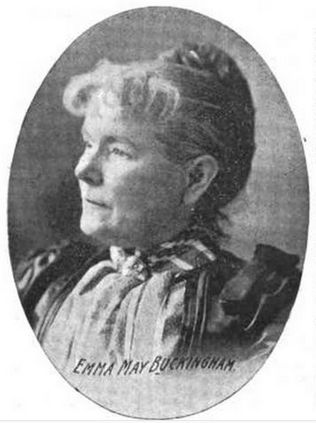
Emma Beach Thayer (1849-1924) was an American artist known for her floral paintings.
